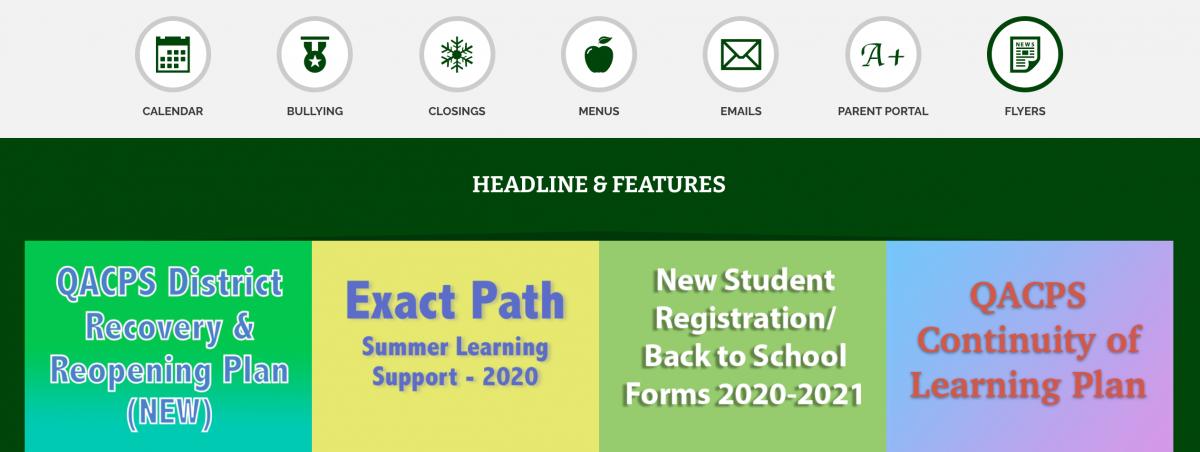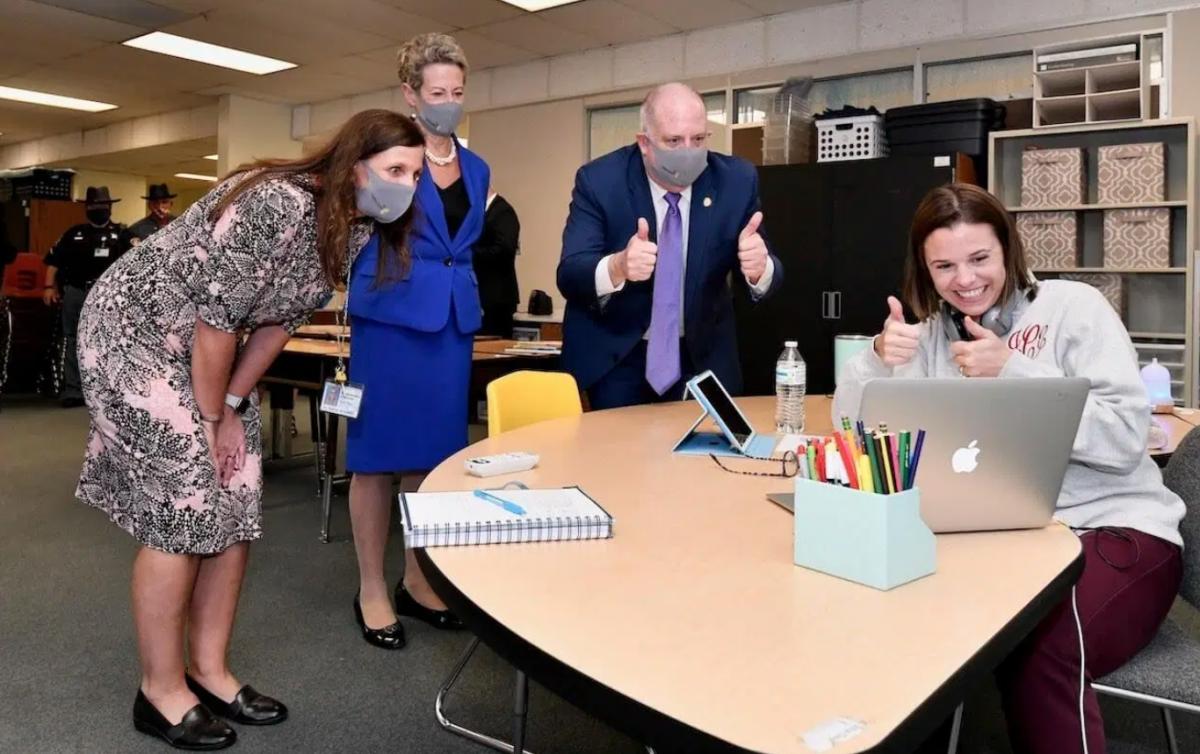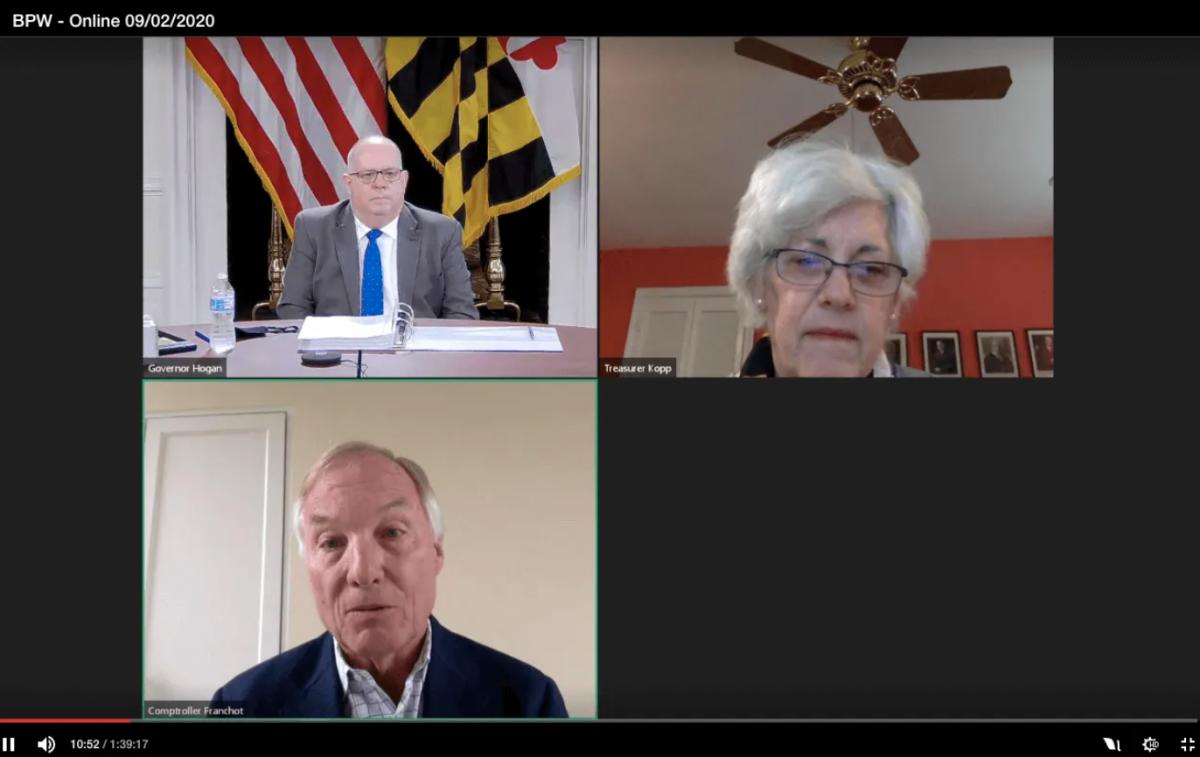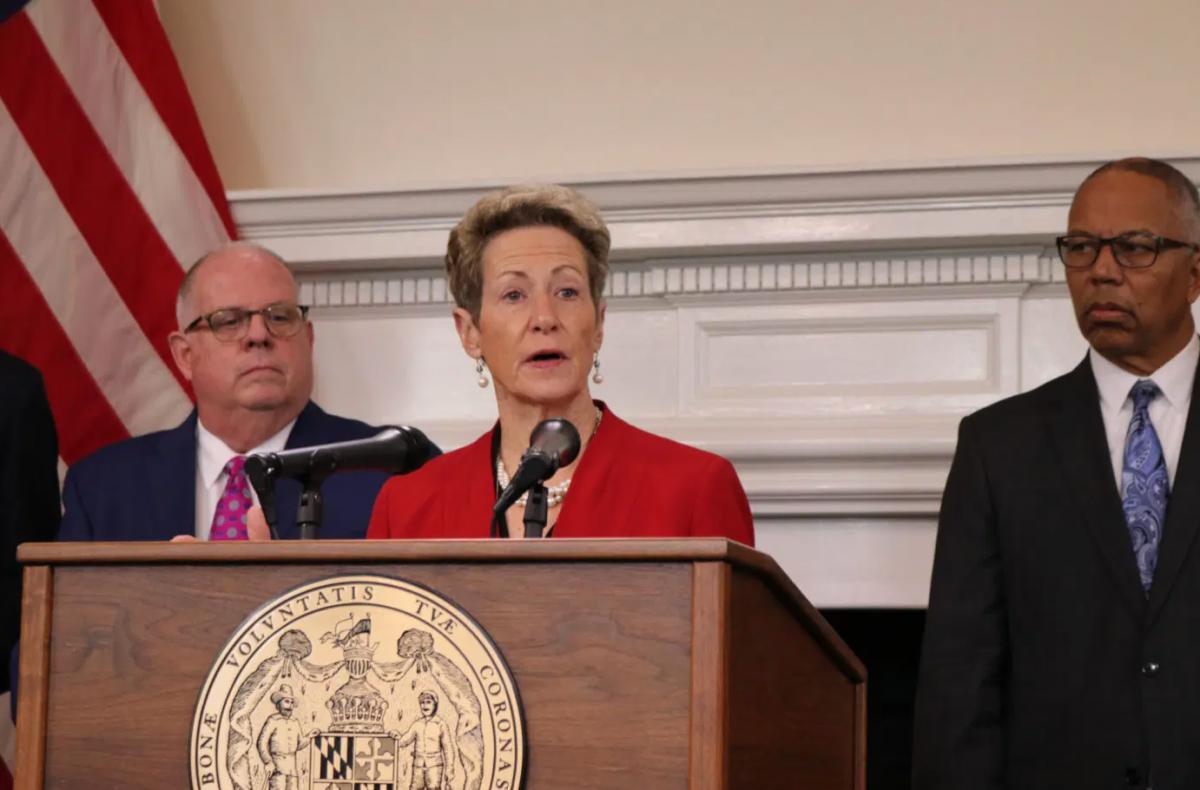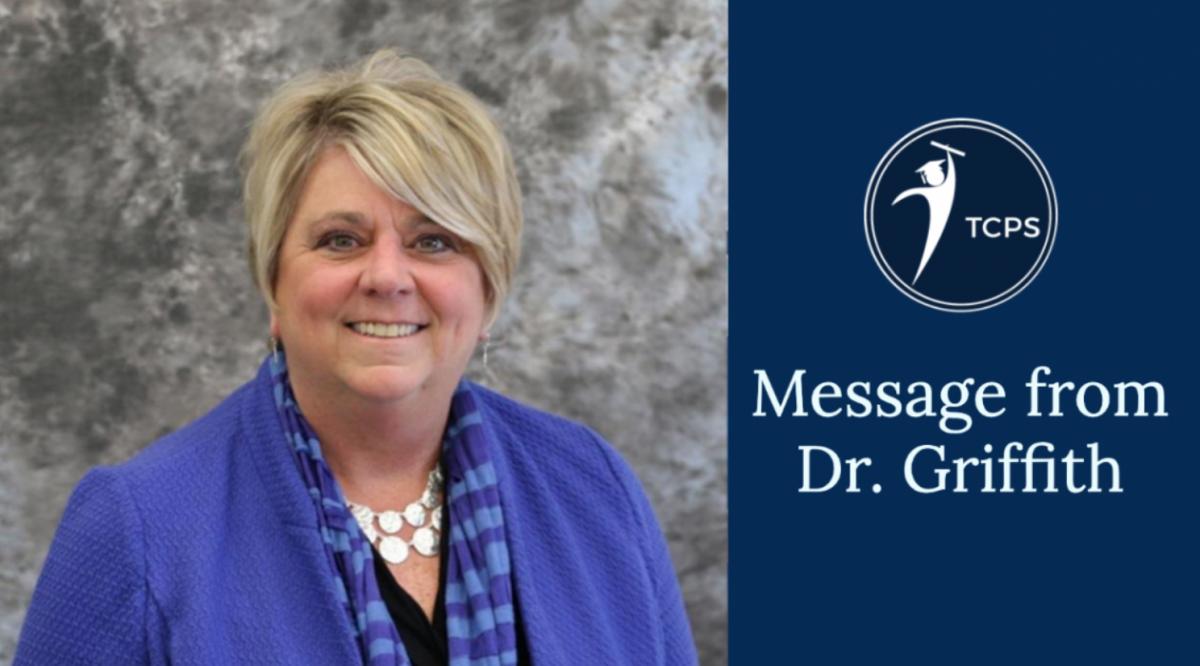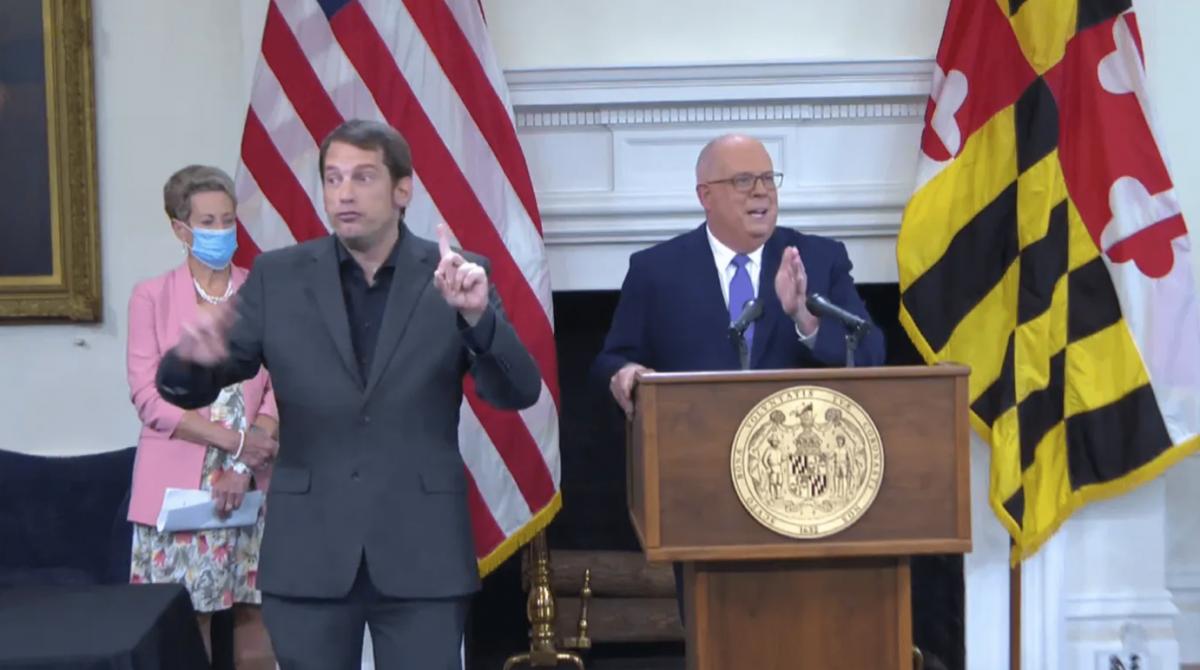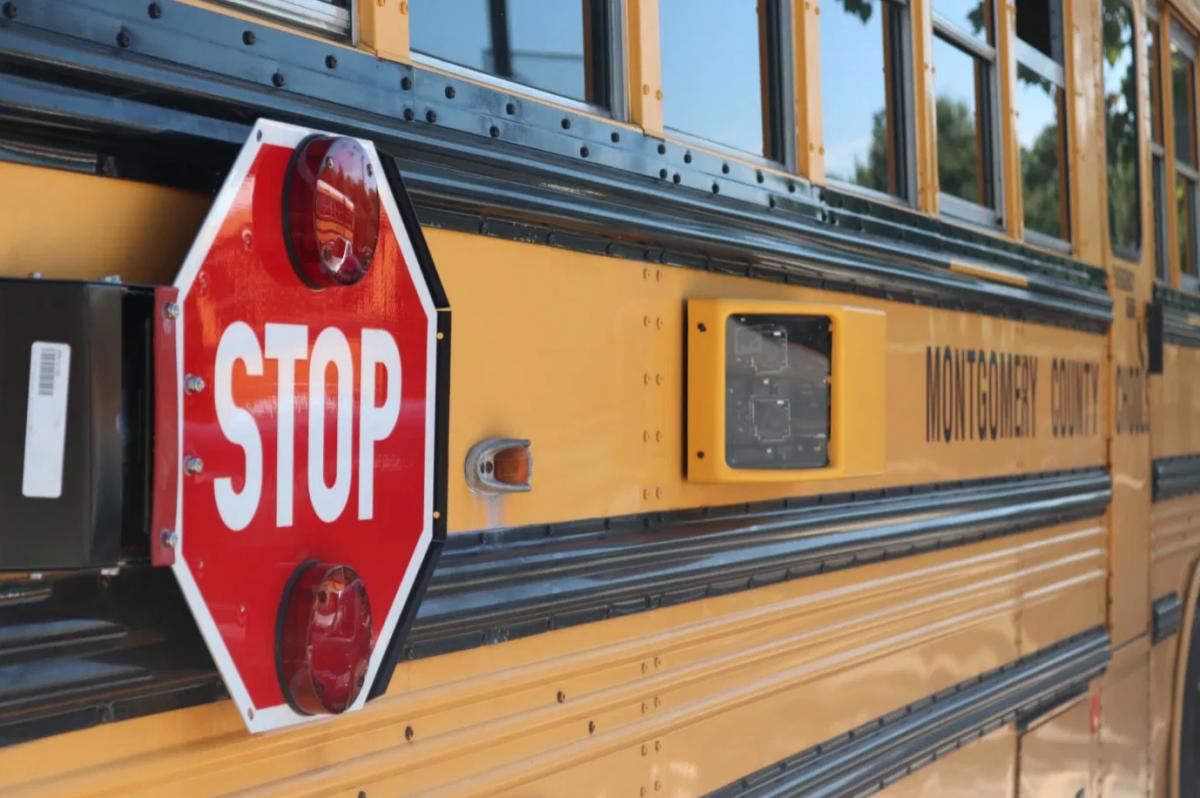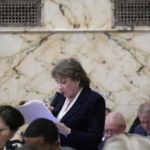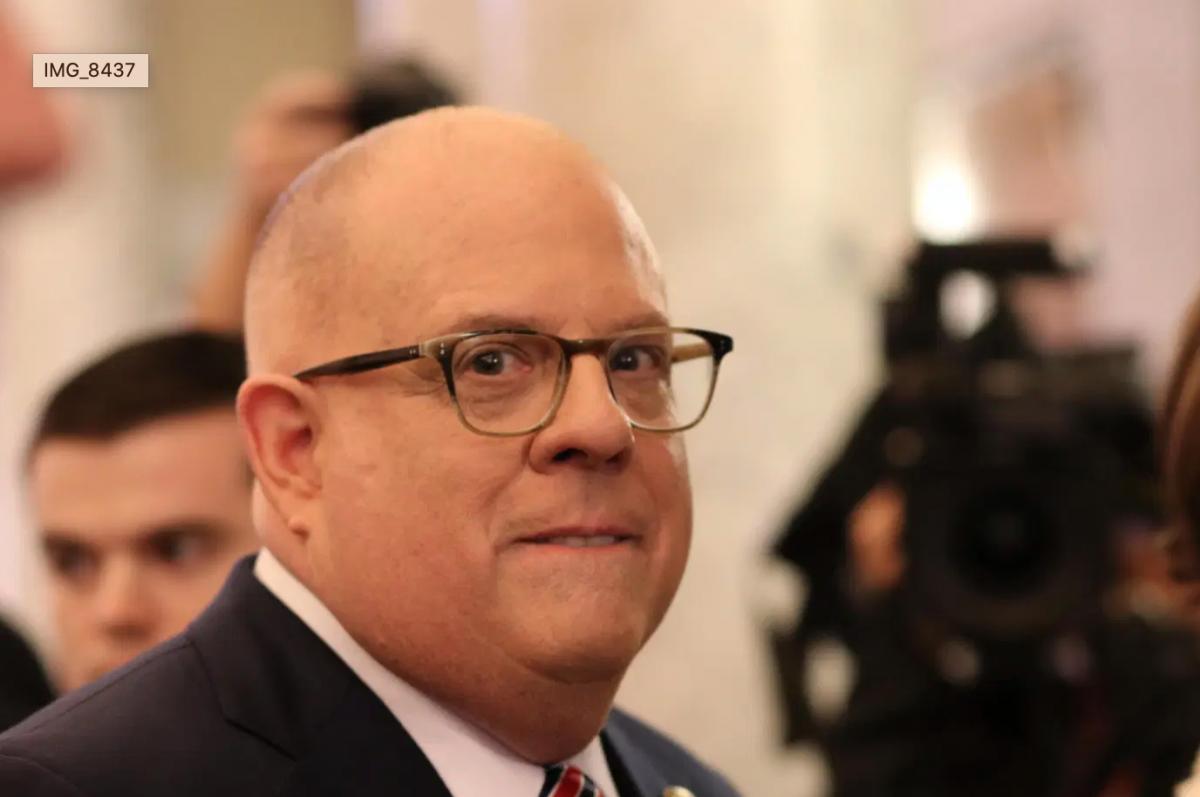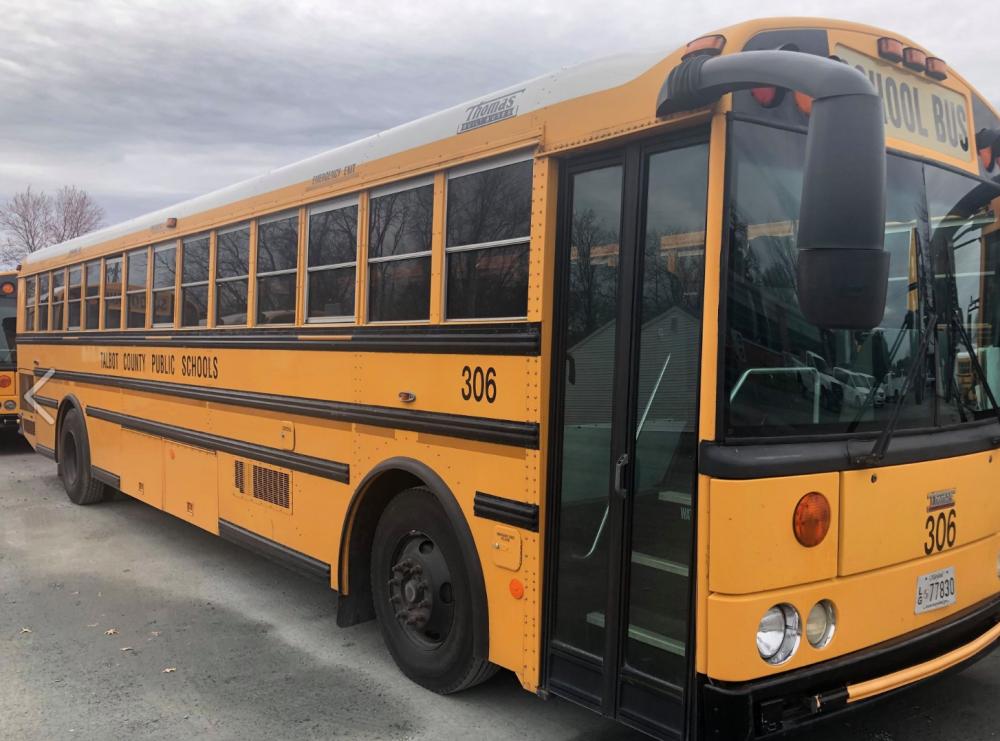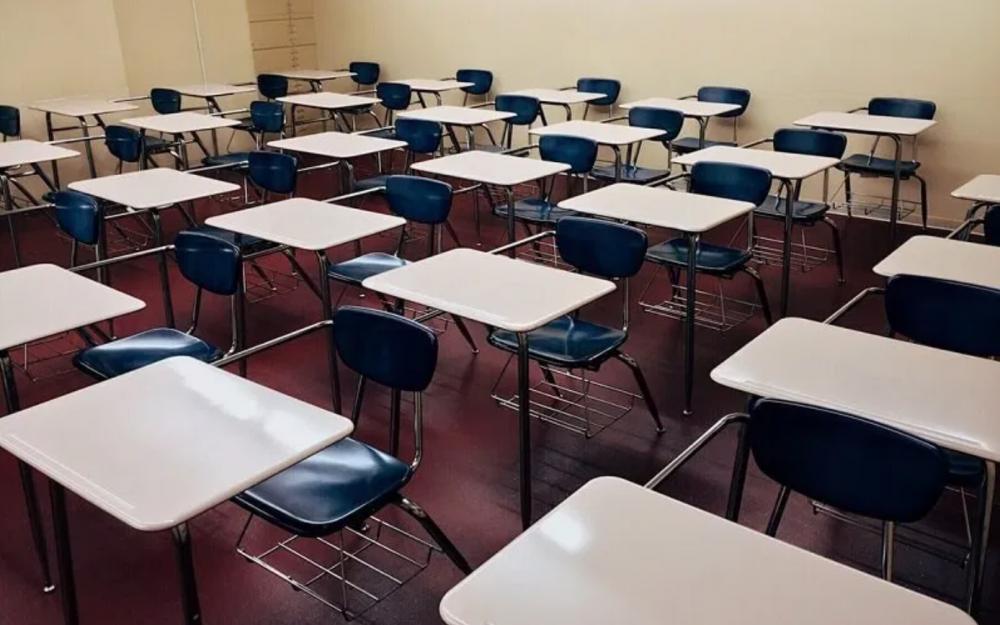According to The Baltimore Sun:
“The reason Queen Anne’s County schools superintendent Andrea M. Kane has been absent from her job since Oct. 9 is that she has been on sick leave, a spokesman for the county superintendent’s office said Tuesday.
“’The Queen Anne’s County Board of Education has Dr. Kane’s doctor’s notes for sick leave,’ the spokesman, John White, said in an email Tuesday to The Baltimore Sun.”
The school board is holding a work session at 5 p.m. today, which includes an update on the school system’s recovery plan. The meeting will be broadcast live at qac.org/live.
Tonight’s work session agenda also lists a closed session to discuss personnel issues, negotiations, an administrative function, and to get legal advice.
The board’s next regular meeting is set for Nov. 4.
